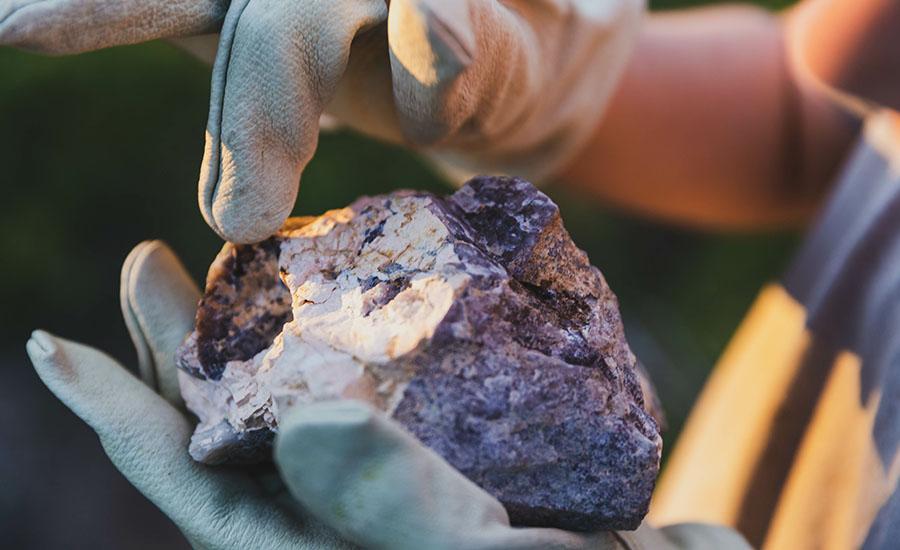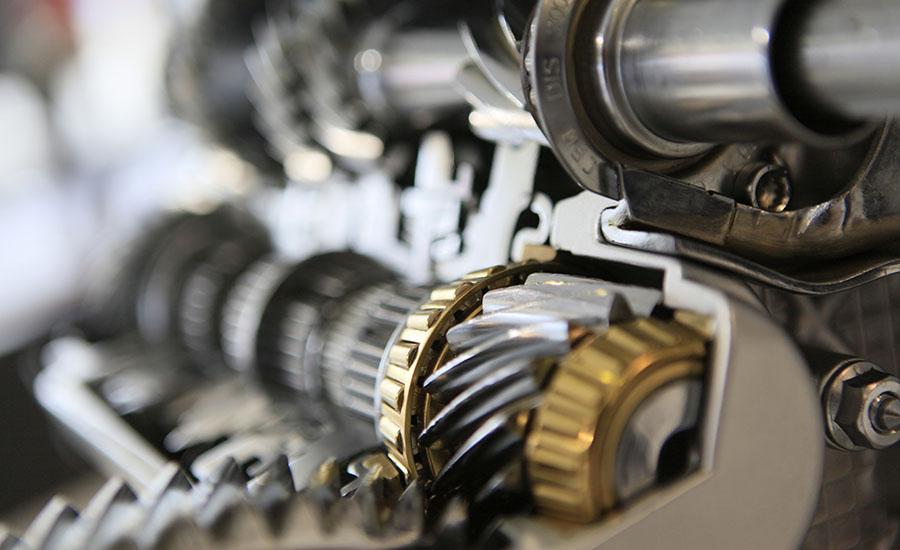
Growing Crystals Part 1: Actualizing the Formation of Crystalline Solid
by Maria Theresa Gonzaga
GROWING CRYSTALS PART 1, A lesson that focuses on the different types of formation of crystalline solid, its properties and the attractive forces responsible to it during chemical bonding.
It is expected that at the end of the lesson the following skills are achieved:
To describe the different types of crystals and their properties: ionic, metallic, covalent and molecular.
To classify crystals according to the forces of attraction.
To relate the properties of different types of solids to the bonding or interactions among particles in these solids.
To Design and create your desired crystalline formation using sugar and sodium tetraborate.
Lesson Plan Link/URL
https://docs.google.com/presentation/d/1tf2IE3MMm6z2Ev--Zk5FHCh8pgJQWNXe/edit?u…Subject Area
Science Physical Science P1: Matter P4: Energy Transfer Technology 3. Knowledge Constructor 6. Creative Communicator English Language Arts (ELA) Reading (Informational Text) Writing
Featured
Off
Related Content

Grades:
6th Grade, 7th Grade, 8th Grade, 9th Grade, 10th Grade, 11th Grade, 12th Grade
Students will pick an issue that they think exists in the world and propose a solution via a presentation. This will model a TedTalk.

Grades:
2nd Grade, 3rd Grade
Students will research a biome around the world, including 3 animals, 3 plants, and 3 nonliving parts of the ecosystem. Students will construct a diorama of the biome and illustrate a natural disaster

Grades:
10th Grade, 11th Grade, 12th Grade
This is part 2 of a two-part series. This lesson looks deeper into early electronic encryption tools and how they relate to cryptography today. The tools discussed are: Hebern Rotor Machine, Enigma